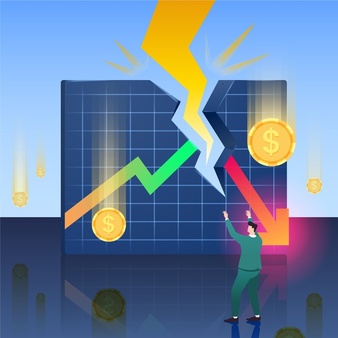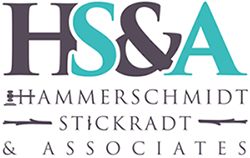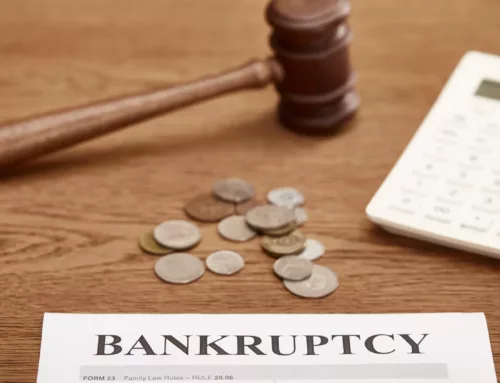Individuals struggling with debt must first be familiar with the basics of bankruptcy law before proceeding with their declaration of bankruptcy.
If you want to file for bankruptcy under Chapter 13, you must first go through the following:
- Meet with a reliable bankruptcy lawyer and a credit counselor for initial consultations. This is a crucial first step that must be taken by those considering bankruptcy.
- Discuss your finances and debt reorganization plans. Bankruptcy attorneys will help document your eligibility to the trustee, who will be administering actual bankruptcy proceedings.
- Work on your bankruptcy case and proposed repayment plan with a trusted local attorney. The goal is to be allowed to repay secured and unsecured debts and stop foreclosure or repossession of personal property.
- Fill out the required bankruptcy forms and prepare relevant paperwork and supporting documents. File your bankruptcy petition to benefit from the automatic stay.
- With the help of your bankruptcy attorney, submit your proposed payment plan 14 days after filing. Work on making payments within 30 days after filing, even if the bankruptcy court is yet to approve the payment plan.
- Attend the scheduled meeting with creditors and confirmation hearing and have your payment plan confirmed. Before bankruptcy is completed, attendance to a debtor education course will also likely be required.

When filing bankruptcy under Chapter 13, those overwhelmed with debt settlement can restructure and bring current monthly payments for secured loans. Under relevant bankruptcy laws, during your repayment period of three or up to five years, you are protected by the federal court.
You get bankruptcy protection primarily from the automatic stay, which would prevent lenders and debt collectors from harassing or even contacting you. Filing for bankruptcy under Chapter 13 will also allow you to stop wage garnishment, foreclosure, and repossession.
A Chapter 13 petition for bankruptcy is sometimes referred to as wage earners bankruptcy, given the regular monthly income requirement. On top of this, individuals who go bankrupt must first meet certain requirements before they can declare bankruptcy under this filing chapter.
Declaring bankruptcy under Chapter 13 is not for everyone. This bankruptcy proceeding is a lot longer than a Chapter 7 consumer bankruptcy (which is preferred by those who wish to have credit card bills and medical bills discharged). A bankruptcy filing under Chapter 13, like one under Chapter 7, will also stay on your credit report and decrease your credit score. Such, however, is only temporary and you will be able to get credit a few years after bankruptcy.
Debt relief will help bankrupt individuals move forward and get a fresh start in life. If you want to know how to file properly or if you have questions on filing bankruptcy, contact our bankruptcy law firm for a consultation.



